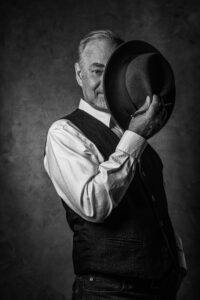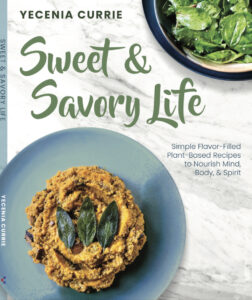 LOS ANGELES – Vegetable dishes just got tastier. In a world where the health-conscious and flavor-seekers can unite, each page of Yecenia Currie’s new cookbook is a testament to her unwavering commitment to creating recipes that are filled with nutrition while simultaneously exploding with flavor. Currie’s goal in “Sweet & Savory Life” March 1, 2024, Trilogy Publishing) is to “amplify plant-based deliciousness” by focusing on recipes that are packed with both nutrition and flavor.
LOS ANGELES – Vegetable dishes just got tastier. In a world where the health-conscious and flavor-seekers can unite, each page of Yecenia Currie’s new cookbook is a testament to her unwavering commitment to creating recipes that are filled with nutrition while simultaneously exploding with flavor. Currie’s goal in “Sweet & Savory Life” March 1, 2024, Trilogy Publishing) is to “amplify plant-based deliciousness” by focusing on recipes that are packed with both nutrition and flavor.
But this cookbook goes beyond just nourishing the body. Currie emphasizes the holistic aspect of nourishment by highlighting how food can also feed the mind and spirit. She has successfully completed a holistic nutrition and culinary training course to further her knowledge of conscious cooking and to incorporate the healing benefits into her recipes. And it’s with this mindfulness of our overall well-being that sets “Sweet & Savory Life” apart from many traditional cookbooks.
From extreme foodies to casual, at-home chefs, readers can shake things up in their kitchens and breathe new life into their daily meals. Whether you’re a seasoned plant-based enthusiast or just beginning to explore the culinary realm, “Sweet & Savory Life” will inspire readers to infuse their cooking with love and intention — and a dash of culinary alchemy.
“Sweet & Savory Life: Simple Flavor-Filled
Plant-Based Recipes to Nourish Mind, Body, & Spirit”
Yecenia Currie | March 1, 2024 | Trilogy Publishing Company | Cookbook
Hardcover, 9798-890412225
ABOUT THE AUTHOR
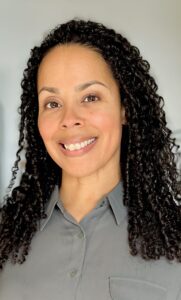 Yecenia Currie has followed a plant-based diet for over 13 years. Her heart for healthy living is modeled by her commitment to honoring her temple and treating it with the utmost care and reverence in order to live a full, vibrant, “Sweet & Savory Life”! Yecenia successfully completed a holistic nutrition and culinary training to further her knowledge and incorporate the healing benefits of conscious cooking. In 2014, she became a certified yoga instructor to deepen her daily practice and help support others on their mind-body wellness journey. She and her husband, Roger, have traveled to over 45 countries to date, and those travels have inspired many of her creations in the kitchen. Yecenia is from Upstate New York and currently resides in Los Angeles. “Sweet & Savory Life” is her first cookbook.
Yecenia Currie has followed a plant-based diet for over 13 years. Her heart for healthy living is modeled by her commitment to honoring her temple and treating it with the utmost care and reverence in order to live a full, vibrant, “Sweet & Savory Life”! Yecenia successfully completed a holistic nutrition and culinary training to further her knowledge and incorporate the healing benefits of conscious cooking. In 2014, she became a certified yoga instructor to deepen her daily practice and help support others on their mind-body wellness journey. She and her husband, Roger, have traveled to over 45 countries to date, and those travels have inspired many of her creations in the kitchen. Yecenia is from Upstate New York and currently resides in Los Angeles. “Sweet & Savory Life” is her first cookbook.
Follow Yecenia Currie on social media:
Threads and Instagram: @sweetandsavorylife
In an interview, Yecenia Currie can discuss:
- Why she decided to start living a vegan lifestyle and how that change has affected her
- Creating a legacy of healthy living for her children, so they can eventually pass it on to their future families
- The struggles of living a well-balanced lifestyle and how plant-based eating can provide comfort, healing and joy
- How the book differs from other cookbooks by taking a holistic approach to nutrition
- Her Holistic Nutrition and Culinary Training and how she implemented it within the book
- How her travels to over 45 countries have influenced the book’s recipes and flavors
- How these recipes are accessible for everyone, from expert at-home chefs to cooks just picking up a knife for the first time
- Transforming the approach to mealtime and fostering a positive relationship with food
- How the book’s recipes appeal to picky eaters and how parents can sneak essential nutrients into every meal
An interview with Yecenia Currie
1. How long have you been a vegan and why did you decide to make the lifestyle change??
I’ve been a plant-based vegan for almost 14 years now. I decided to go vegan to improve my overall health and as an effort to prevent many of the generational ailments and preventable diseases that were continuing to show up in my family. I also wanted to model and pass on a legacy of healthy living to my children.
2. How has changing your nutrition affected you in other areas of your life?
Changing my diet was the spark that ignited change in every other area of my life. It naturally made me level up everything, like incorporating more interesting forms of exercise/movement into my daily routine (switching from my boring gym routine to doing hot yoga and pilates). I found I had more (mental and physical) energy, slept better, and had less and less bouts of indigestion. Each subtle change and “upgrade” in my day to day habits shined light on new areas of opportunity and allowed for more space to grow and evolve.
3. How does “Sweet & Savory Life” differ from other cookbooks? Even from other plant-based cookbooks?
It’s a cookbook but it’s much more than just a book of recipes. Eating a vegan diet can be healthy, but not all “vegan” food is healthy. I wanted to share recipes I make and enjoy with the fusion of nutrition and flavor. I talk about “plant-based deliciousness” and “making veggies cool again” to highlight that healthy food can also be incredibly delicious. It was also important to me to emphasize and share the importance of a holistic approach to living and eating with the whole self — mind, body and spirit — in mind. I also share some personal stories, practical tips and what I refer to as “holistic food for thought” that hopefully will encourage an internal/personal dialogue and external conversation among close friends about how we can improve the quality of our lives.
4. As a parent, you’ve talked about wanting to cultivate a legacy of healthy living with your own children — can you expound on that?
I held fast to the popular proverb “More is caught than taught.” I could talk about (over and over) and try to teach the benefits of prioritizing their health, but I knew I had to be the example. My children had to see their parents living and embodying this thing in order for it to really stick. And the legacy aspect of it is a reminder that it’s bigger than us. It shows that it shouldn’t stop with them. Each generation will (hopefully) pass the baton on to the next, so the seeds of healthy living we’re planting today will outlive us all!
5. Did your husband or children help you craft any of your kitchen creations?
No, but they were all very instrumental in the process of taste testing recipes!
6. What are some good recipes in the book for people who are just starting out cooking? What about for people who aren’t big fans of vegetables in general?
There are so many! In the book, I talk about “Keeping It Simple” to make it easy and practical to eat well. So it was important for me to include recipes that are easy to make. The Glorious Greens recipe is a great place to start. It’s an easy, super delicious salad that even looks a little gourmet. The Chai Vanilla-Rose Bliss Bites is also a super simple dessert anyone can throw together in no time. For people who aren’t fans of veggies: First off, I’m pretty confident I can change their minds (and palates!). For a savory pick, they might be inclined to start with my Loaded Nachos recipe. For a sweet choice, they might try the Cherry Berry Bliss Smoothie with its surprising (and completely undetectable) veggie inclusion for a delicious nutritional boost!
7. Can you talk a bit about your Holistic Nutrition and Culinary Training and what that entails? How did you apply your training to the book?
The training really highlighted the beauty and benefits of “conscious cooking” for me and opened up the many ways I could incorporate that into how I cook, how I eat and even how I live. It was a course that I felt did an excellent job at merging both “technical” and “intuitive” knowledge. The course influenced many of the concepts I talk about in the book like “Cooking with Love & Intention,” “Creating a Sacred Space in the Kitchen” and “You are what you digest!”
8. You have traveled A LOT — over 45 countries and counting? How has that influenced the book’s recipes and flavors?
My travels have certainly had an influence on my cooking and recipes but maybe not in the traditional way you might think. The recipes in my book aren’t heavily region or culturally specific (with the exception of my amazing Puerto Rican Arroz Con Dulce recipe). I pay attention to flavor combinations, aromas, textures and the colors on my plate, and those are what most influence what I make. For example, If I’m enjoying a great meal at a restaurant, I might think about how I can “re-interpret” that dish as opposed to attempting to recreate an identical version. It’s more inspiration than duplication. It’s an example of what I mention in the book about “Culinary Alchemy.” I allow my palate to be my guide and give myself the creative liberty to turn something “ordinary into something extraordinary!”
9. Any favorite chefs or restaurants you’re a big fan of that you’d recommend to foodies?
Absolutely! I’ve come across some amazing places and people throughout my travels, so depending on what part of the world you’re located: Margo’s Bakery in Amsterdam, Netherlands; Zina’s Eatery in Vienna, Austria; Aum Vegetarian Restaurant in Chiang Mai, Thailand; and LOVE Organic in Los Angeles.
10. What are you working on next?
As I continue to develop my brand, I’m launching a company to help new authors like myself with the start-to-finish process of getting their books published. I’m also launching a wellness retreat that ties into many of the concepts I talk about in my book, to further amplify and encourage nourishment for the whole (mind-body-spirit) self.

A former award-winning journalist with national exposure, Marissa now oversees the day-to-day operation of the Books Forward author branding and book marketing firm, along with our indie publishing support sister company Books Fluent.
Born and bred in Louisiana, currently living in New Orleans, she has lived and developed a strong base for our company and authors in Chicago and Nashville. Her journalism work has appeared in USA Today, National Geographic and other major publications. She is now interviewed by media on best practices for book marketing.

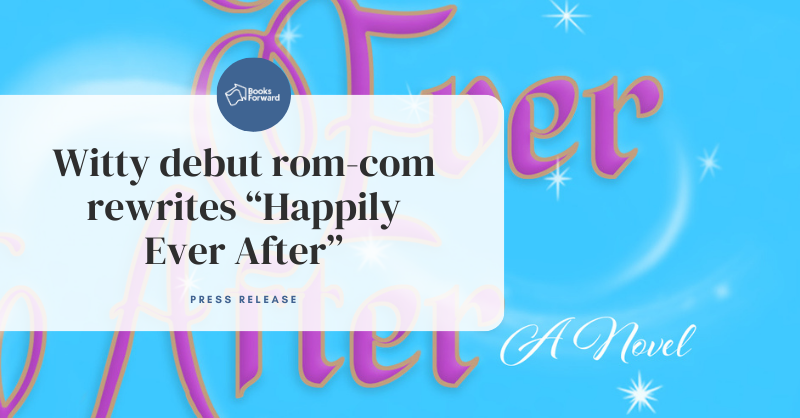
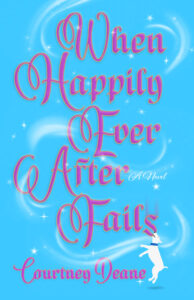 San Diego, California
San Diego, California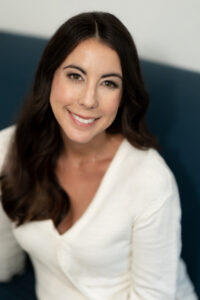 COURTNEY DEANE
COURTNEY DEANE 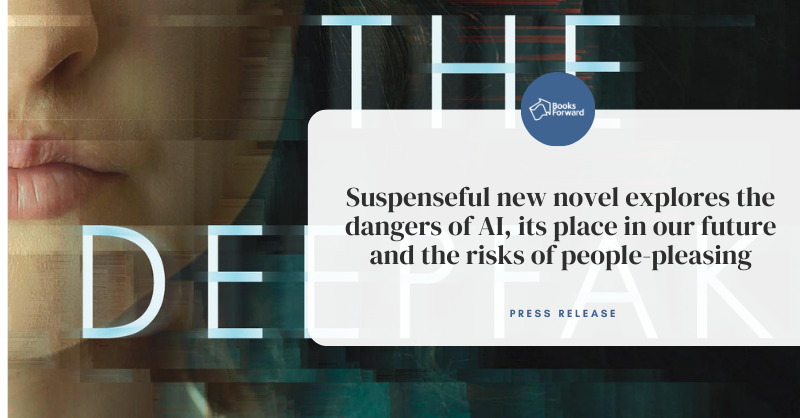
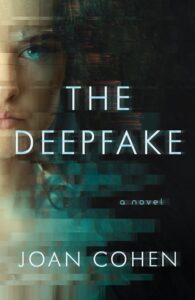 STOCKBRIDGE, Mass.
STOCKBRIDGE, Mass.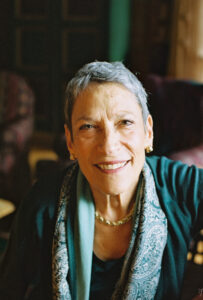 Originally from Mount Vernon, New York, Joan Cohen is the author of “The Deepfake” (She Writes Press, April 2, 2024). She received her BA from Cornell University and her MBA from New York University. Her career in sales and marketing at technology companies led to executive management, and after retirement she returned to school for an MFA in Writing from Vermont College of Fine Arts. She is the author of the novel “Land of Last Chances,” published in 2019. She now resides in Stockbridge, Massachusetts, in the Berkshires, with her husband and latest canine addition. Find out more about her at
Originally from Mount Vernon, New York, Joan Cohen is the author of “The Deepfake” (She Writes Press, April 2, 2024). She received her BA from Cornell University and her MBA from New York University. Her career in sales and marketing at technology companies led to executive management, and after retirement she returned to school for an MFA in Writing from Vermont College of Fine Arts. She is the author of the novel “Land of Last Chances,” published in 2019. She now resides in Stockbridge, Massachusetts, in the Berkshires, with her husband and latest canine addition. Find out more about her at 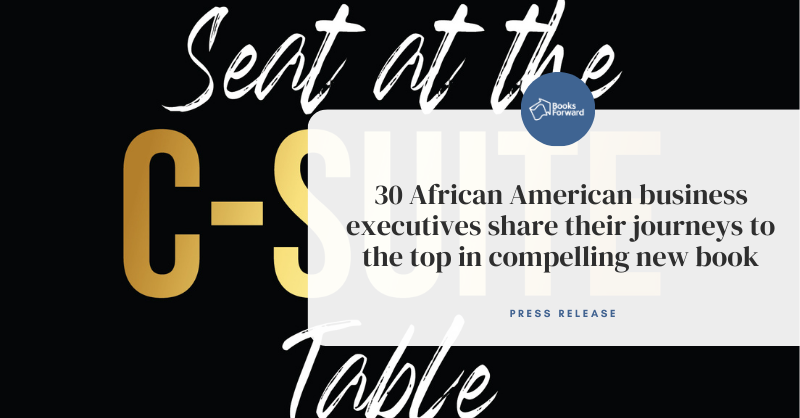
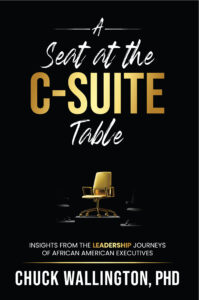 GREENSBORO, North Carolina
GREENSBORO, North Carolina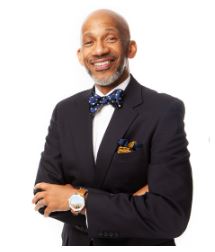
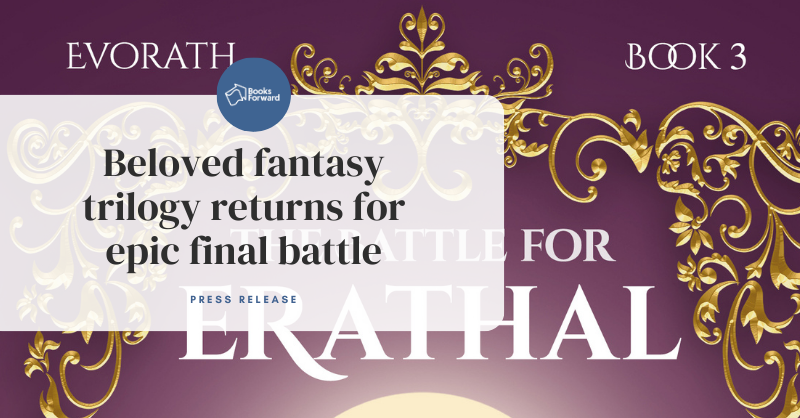
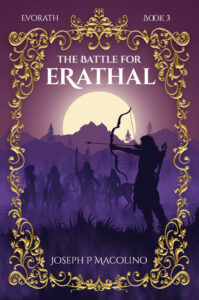 Bell, FL
Bell, FL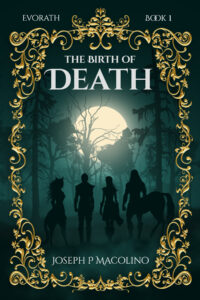
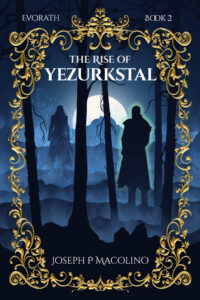 “The Rise of Yezurkstal” (Book 2)
“The Rise of Yezurkstal” (Book 2)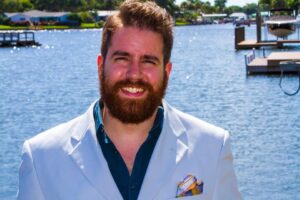 Joseph Macolino
Joseph Macolino
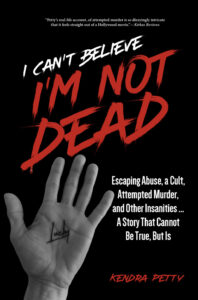 “[Petty’s real-life account] of attempted murder is so dizzyingly intricate that it feels straight out of a Hollywood movie.” –Kirkus
“[Petty’s real-life account] of attempted murder is so dizzyingly intricate that it feels straight out of a Hollywood movie.” –Kirkus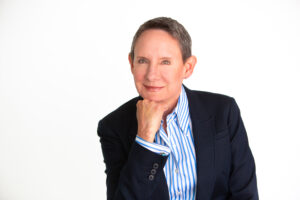 Kendra Petty
Kendra Petty
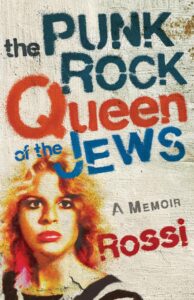 NEW YORK
NEW YORK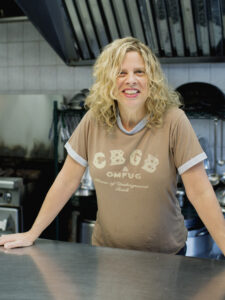 Rossi has been published in outlets including The Daily News, The New York Post, Time Out New York, and Mcsweeney’s, to name a few. She has been the food writer of the “Eat Me” column for Bust magazine since 1998, hosts her own hit radio show on WOMR and WFMR in Cape Cod called Bite This, now in its nineteenth season, has been featured on The Food Network and NPR and has been a popular blogger for The Huffington Post. Her first memoir, “The Raging Skillet: The True Life Story of Chef Rossi” was published by The Feminist Press to rave reviews. In addition to memoir, Rossi has written two full-length plays, a number of one-act comedies, a one-woman stage adaptation of Queen of the Jews, and launched the Raging and Eating podcast. Find out more about her at
Rossi has been published in outlets including The Daily News, The New York Post, Time Out New York, and Mcsweeney’s, to name a few. She has been the food writer of the “Eat Me” column for Bust magazine since 1998, hosts her own hit radio show on WOMR and WFMR in Cape Cod called Bite This, now in its nineteenth season, has been featured on The Food Network and NPR and has been a popular blogger for The Huffington Post. Her first memoir, “The Raging Skillet: The True Life Story of Chef Rossi” was published by The Feminist Press to rave reviews. In addition to memoir, Rossi has written two full-length plays, a number of one-act comedies, a one-woman stage adaptation of Queen of the Jews, and launched the Raging and Eating podcast. Find out more about her at 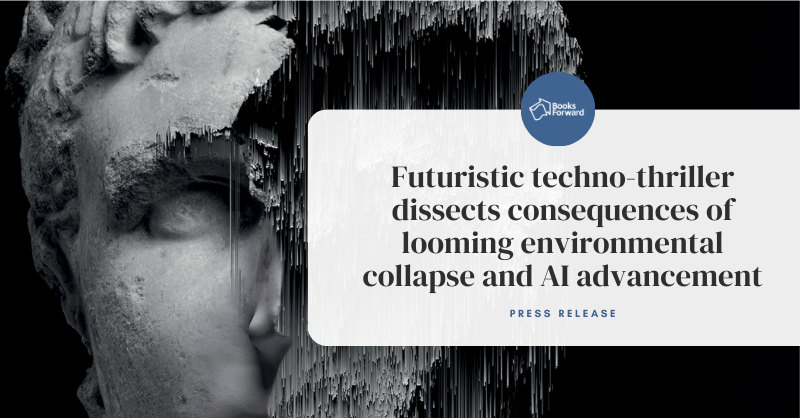
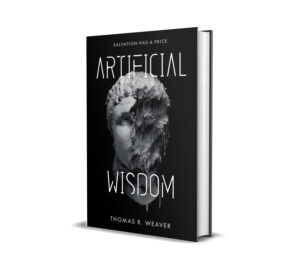 London, United Kingdom
London, United Kingdom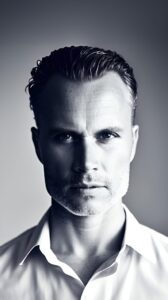 THOMAS R WEAVER
THOMAS R WEAVER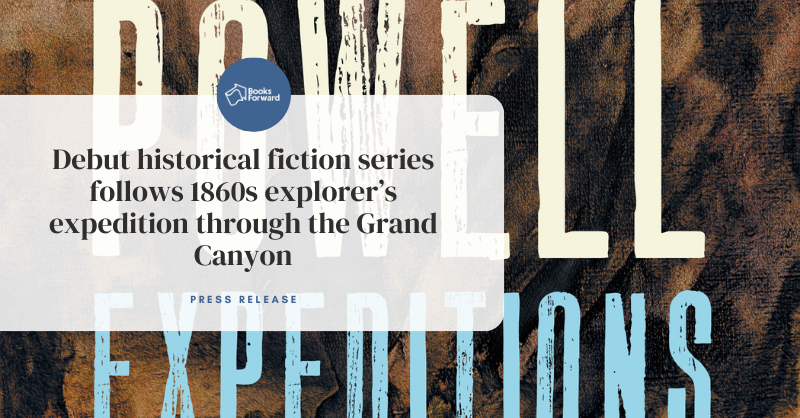
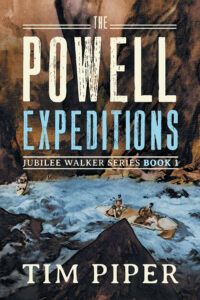 BLOOMINGTON, IL
BLOOMINGTON, IL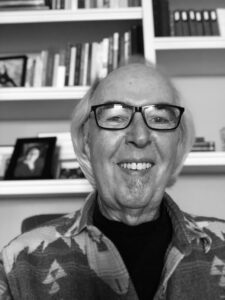 MORE ABOUT TIM PIPER
MORE ABOUT TIM PIPER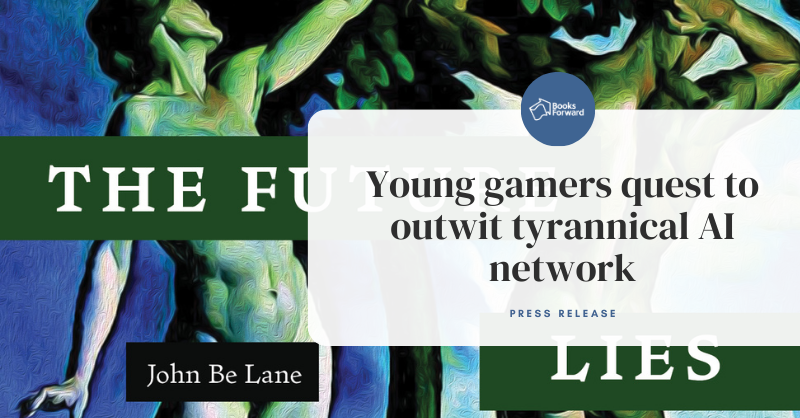
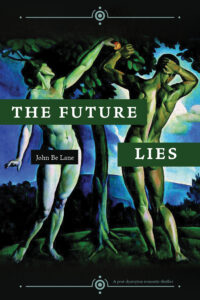 Englewood, CO
Englewood, CO